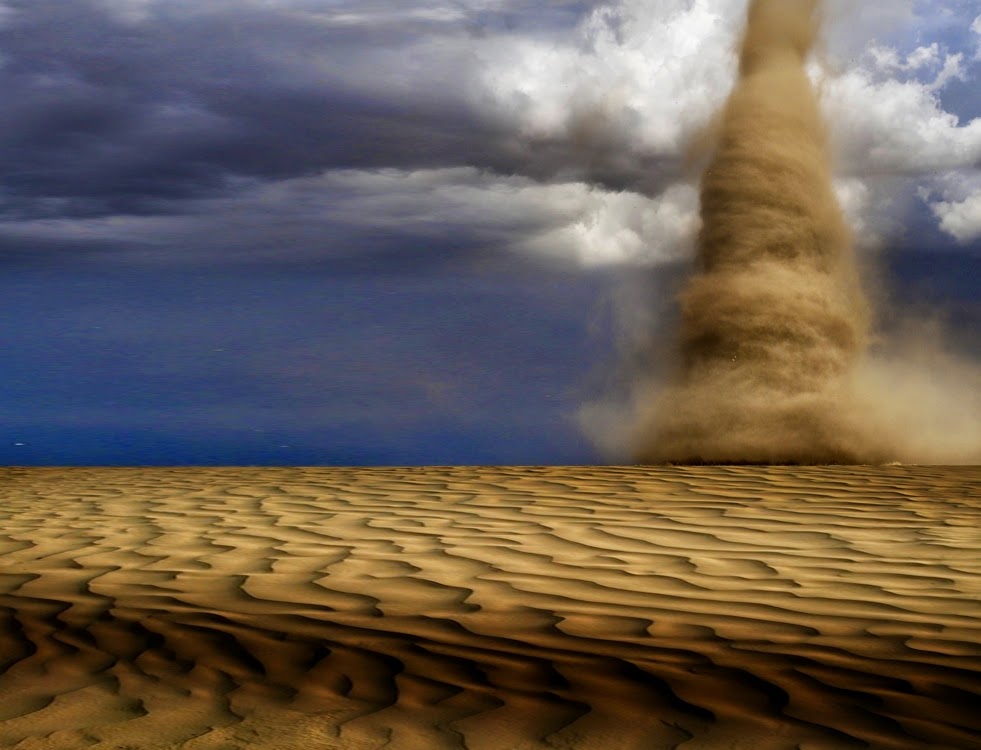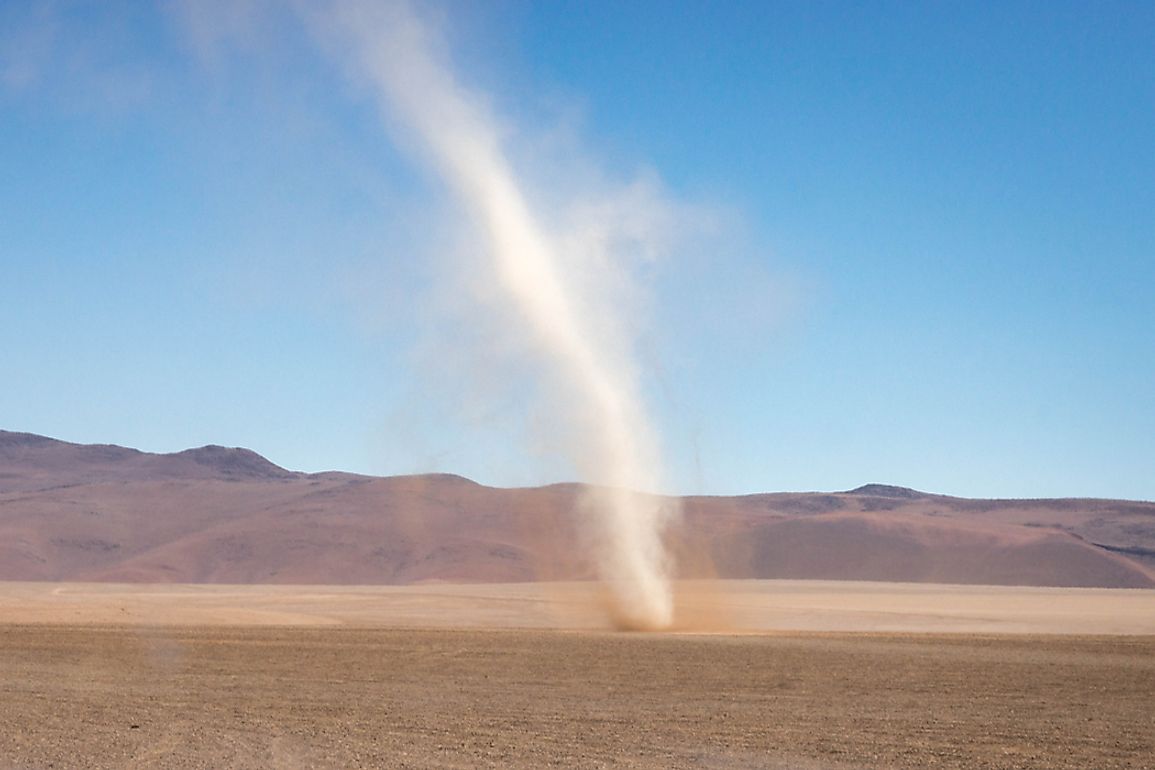Skydiving Safety and Risk Factors

Skydiving, an exhilarating experience of freefall and parachuting, involves inherent risks that participants must acknowledge and understand. While safety measures are in place, the nature of the activity necessitates a thorough understanding of potential dangers and the role of weather conditions.
Weather Conditions and Skydiving Safety
Weather conditions play a crucial role in skydiving safety. Skydiving operators prioritize safety by adhering to strict weather guidelines. These guidelines consider factors like wind speed, visibility, and cloud cover. Strong winds can make it difficult to control the parachute, while low visibility can impair navigation and landing.
Dust Devils as a Threat to Skydivers
Dust devils, swirling columns of air, can pose a significant threat to skydivers. While they are typically harmless on the ground, their unpredictable nature and potential for rapid intensification make them a concern for skydivers.
Dust Devil Formation and Characteristics
Dust devils form when warm, dry air near the ground rises rapidly, creating a rotating column of air. These formations can vary in size and intensity, with some reaching heights of several hundred feet.
Dust Devil Impact on Skydivers
Dust devils can pose several risks to skydivers:
- Turbulence: Dust devils can create strong updrafts and downdrafts, disrupting a skydiver’s descent and making it difficult to control their parachute.
- Visibility: Dust devils can obscure visibility, making it challenging to navigate and locate the landing zone.
- Equipment Damage: Strong winds associated with dust devils can damage parachutes and other equipment, compromising safety.
Safety Guidelines for Skydivers Regarding Dust Devils
To mitigate the risks posed by dust devils, skydivers should adhere to the following guidelines:
- Awareness: Be aware of the potential for dust devil formation, especially in hot, dry conditions.
- Avoidance: If a dust devil is spotted, avoid jumping or landing in its vicinity. Seek alternative jump zones or delay the jump until the dust devil dissipates.
- Communication: Maintain open communication with the jumpmaster and other skydivers to share information about dust devil sightings.
- Training: Receive proper training on dust devil identification, avoidance, and mitigation strategies.
Case Studies and Analysis: Skydiving Accident Dust Devil

The analysis of documented cases of skydiving accidents involving dust devils provides valuable insights into the potential hazards posed by these atmospheric phenomena. By examining the contributing factors, we can better understand the risks and develop strategies to mitigate them.
Documented Cases of Skydiving Accidents Involving Dust Devils
Dust devils are swirling columns of air that can reach heights of several hundred feet, posing a significant risk to skydivers. While rare, documented cases highlight the potential dangers of encountering these unpredictable weather events during a jump.
- In 2015, a skydiver in Arizona experienced a near-fatal accident after being caught in a powerful dust devil during freefall. The strong winds spun the skydiver uncontrollably, causing severe injuries.
- In 2018, a skydiving accident in Nevada resulted in the death of a skydiver after being thrown against the ground by a dust devil during landing.
- In 2022, a skydiving group in Australia encountered a dust devil during their descent. The strong winds caused the group to become separated, leading to a chaotic landing.
Factors Contributing to Skydiving Accidents Involving Dust Devils, Skydiving accident dust devil
Understanding the factors that contribute to skydiving accidents involving dust devils is crucial for developing effective safety protocols.
- Unpredictable Nature: Dust devils are notoriously unpredictable, forming and dissipating rapidly, making them difficult to detect and avoid.
- Wind Speed and Intensity: The wind speed and intensity of a dust devil can vary greatly, ranging from mild gusts to powerful whirlwinds capable of causing significant damage.
- Visibility: Dust devils can create significant dust clouds, reducing visibility and making it challenging for skydivers to navigate and control their descent.
- Altitude: The altitude at which a skydiver encounters a dust devil can significantly impact the severity of the accident. Higher altitudes may provide more time to react, while lower altitudes leave little room for maneuver.
- Experience Level: Less experienced skydivers may be less equipped to handle the unexpected forces of a dust devil, increasing the risk of accidents.
Expert Insights on Dust Devil Hazards
Experienced skydiving professionals and experts have emphasized the importance of awareness and preparedness when dealing with dust devils.
“Dust devils can be incredibly dangerous, especially for inexperienced skydivers. It’s crucial to be aware of the weather conditions and to have a plan in place in case you encounter one.” – John Smith, experienced skydiving instructor
“It’s essential to be able to recognize the signs of a dust devil and to take appropriate action to avoid it. If you do encounter one, try to stay calm and use your parachute to control your descent.” – Jane Doe, skydiving safety expert
Severity and Impact of Dust Devil Incidents on Skydivers
The severity and impact of dust devil incidents on skydivers can vary depending on several factors, including the wind speed, altitude, and experience level of the skydiver.
| Severity | Impact on Skydivers |
|---|---|
| Mild | Minor injuries, disorientation, and equipment damage. |
| Moderate | Severe injuries, broken bones, and loss of consciousness. |
| Severe | Fatal injuries, catastrophic equipment failure, and prolonged recovery. |
Skydiving accident dust devil – The skydiving accident involving a dust devil was a tragic event. Afterward, everyone was craving comfort food, so we decided to look for a good indian restaurant near me. It turns out that the best way to cope with a near-death experience is a delicious plate of samosas and a warm cup of chai.
The skydiving accident, though frightening, was a reminder of the fragility of life, and how important it is to appreciate the little things, like a good meal with friends.
A skydiving accident involving a dust devil might sound like something out of a movie, but the unpredictable nature of these swirling columns of air can make even the most experienced skydivers vulnerable. The incident reminds us of the raw power of nature, a power that even a Indian motorcycle would struggle to tame.
While the dust devil might seem small and insignificant, it can quickly become a force to be reckoned with, much like the unpredictable forces that can impact a skydiver’s descent.